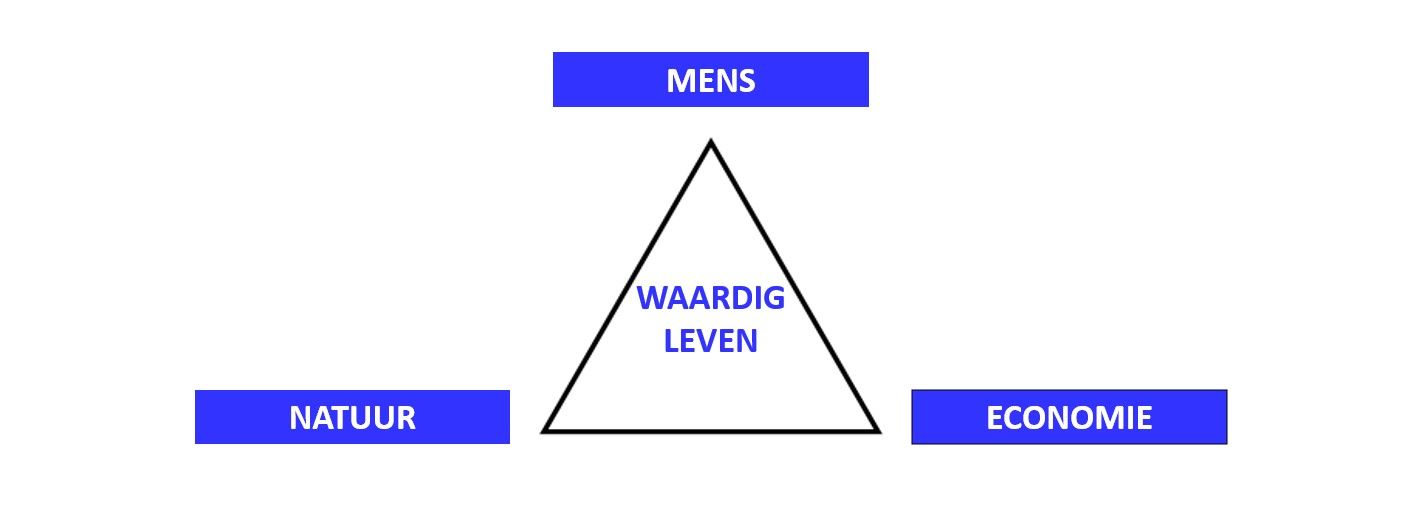A predictive algorithm for the global migration testing of food contact moulds
For reasons of food safety, packaging and food contact materials must be submitted to migration tests. Testing of silicone moulds is often very laborious, since three replicate tests are required to decide about their compliancy. This paper presents a general modelling framework to predict the sample’s compliance or non-compliance using results of the first two migration tests. It compares the outcomes of models with multiple continuous predictors with a class of models involving latent and dummy variables. The model’s predictionability was tested using cross and external validations, i.e. model revalidation each time a new measurement set became available. At the overall migration limit of 10 mg.dm-2 relative uncertainty on a prediction was estimated to be ∼10%. Taking the default values for a and b equal to 0.05, the maximum value that can be predicted for sample compliance was therefore 7mg.dm- 2 . Beyond this limit the risk for false compliant results increases significantly, and a third migration test should be performed. The result of this latter test defines the sample’s compliance or non-compliance. Propositions for compliancy control inspired by the current dioxin control strategy are discussed. , the
